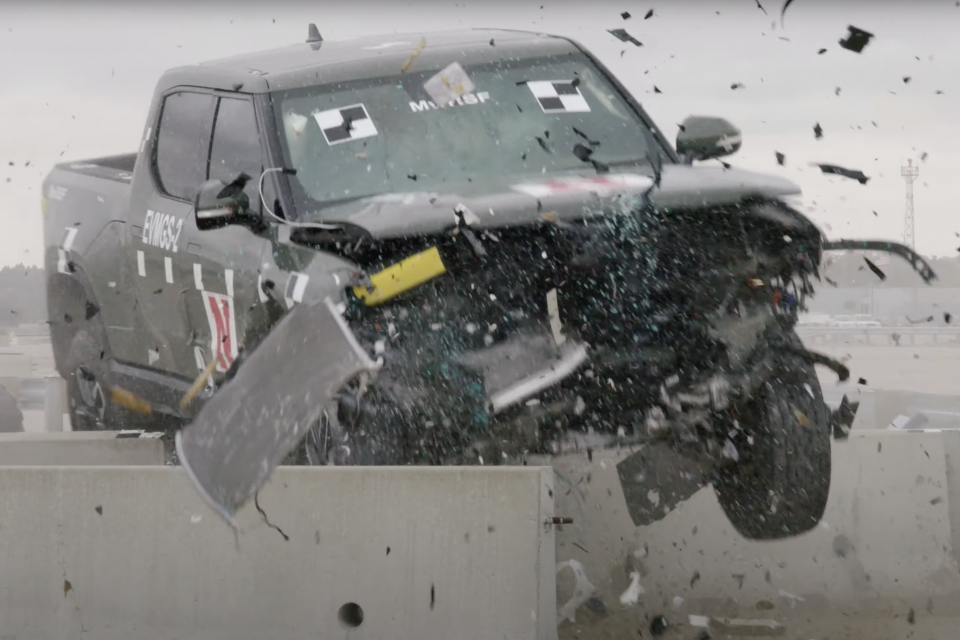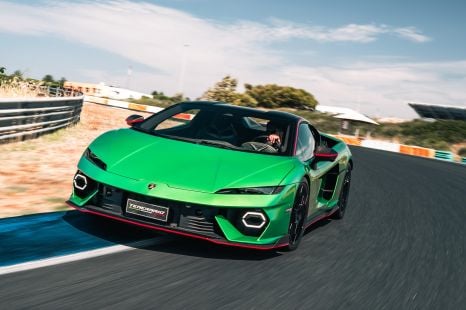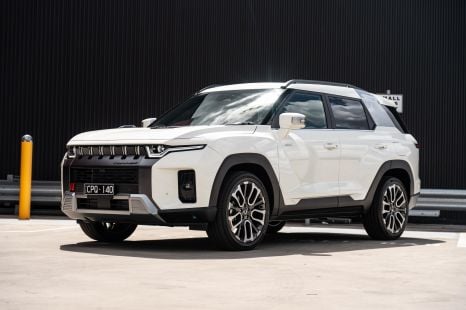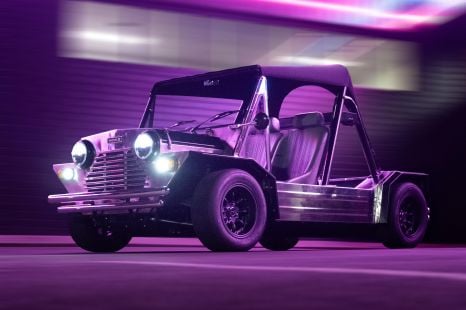

William Stopford
4 Days Ago
Heavy electric vehicles and their low-mounted battery packs are causing concerns for road safety infrastructure experts.

Contributor


Contributor
An eye-opening test of steel crash barriers in the US has shown how the rapid adoption of electric vehicles (EVs) could impact road safety measures.
The University of Nebraska-Lincoln’s Midwest Roadside Safety Facility (MwRSF) recently put the country’s standardised steel barriers to the test by pulling a Rivian R1T electric pickup at the deflection devices – with devastating results.
Rivian’s 3.1-tonne EV hit the section of steel barriers at 98km/h (60mph), losing little speed after the initial impact before continuing into a row of concrete barriers, which added to its path of destruction as it eventually came to a rest.
The barrier being tested was made of 12-gauge corrugated steel, with 15cm-deep posts anchoring it to the ground.
According to the MwRSF, EVs tested by the firm have typically weighed 20 to 50 per cent more than their traditional petrol and diesel counterparts, often with lower centres of gravity – giving road barrier engineers an extra challenge.
“There is some urgency to address this issue,” MwRSF assistant director Cody Stolle said in a media statement.
“As the percentage of EVs on the road increases, the proportion of run-off-road crashes involving EVs will increase as well.
“It is going to be necessary to re-examine the designs of roadside barriers even beyond the EVs. It’s a critical and timely need.”
The Rivian R1T has a lower centre of gravity compared to most petrol pickups due to its low-mounted battery pack, but it only weighs approximately 500kg more than a Ford F-150. The F-Series has been the best-selling vehicle in the US for decades.

The research into the effect of heavy EVs on steel crash barriers was sponsored by the U.S. Army Engineer Research and Development Center (ERDC), and conducted in partnership with Auburn University’s Transportation Research Institute.
ERDC research civil engineer Genevive Pezzola said the test was an important part of understanding the weaknesses of certain EVs so the military can develop stronger engineering solutions – both to protect motorists and the public.
“It is critical to conduct these EV baseline comparison tests to understand any potential risks to our nation,” Ms Pezzola said.
“This work is the first necessary step towards ensuring that our nation’s protection measures, such as roadside barrier systems and barriers to protect against hostile vehicles, are adapting to accommodate for the changing composition of the vehicle fleet.”
Born and raised in Canberra, Jordan has worked as a full-time automotive journalist since 2021, being one of the most-published automotive news writers in Australia before joining CarExpert in 2024.


William Stopford
4 Days Ago


James Wong
4 Days Ago


Alborz Fallah
3 Days Ago


Andrew Maclean
2 Days Ago


Max Davies
2 Days Ago


Marton Pettendy
2 Days Ago